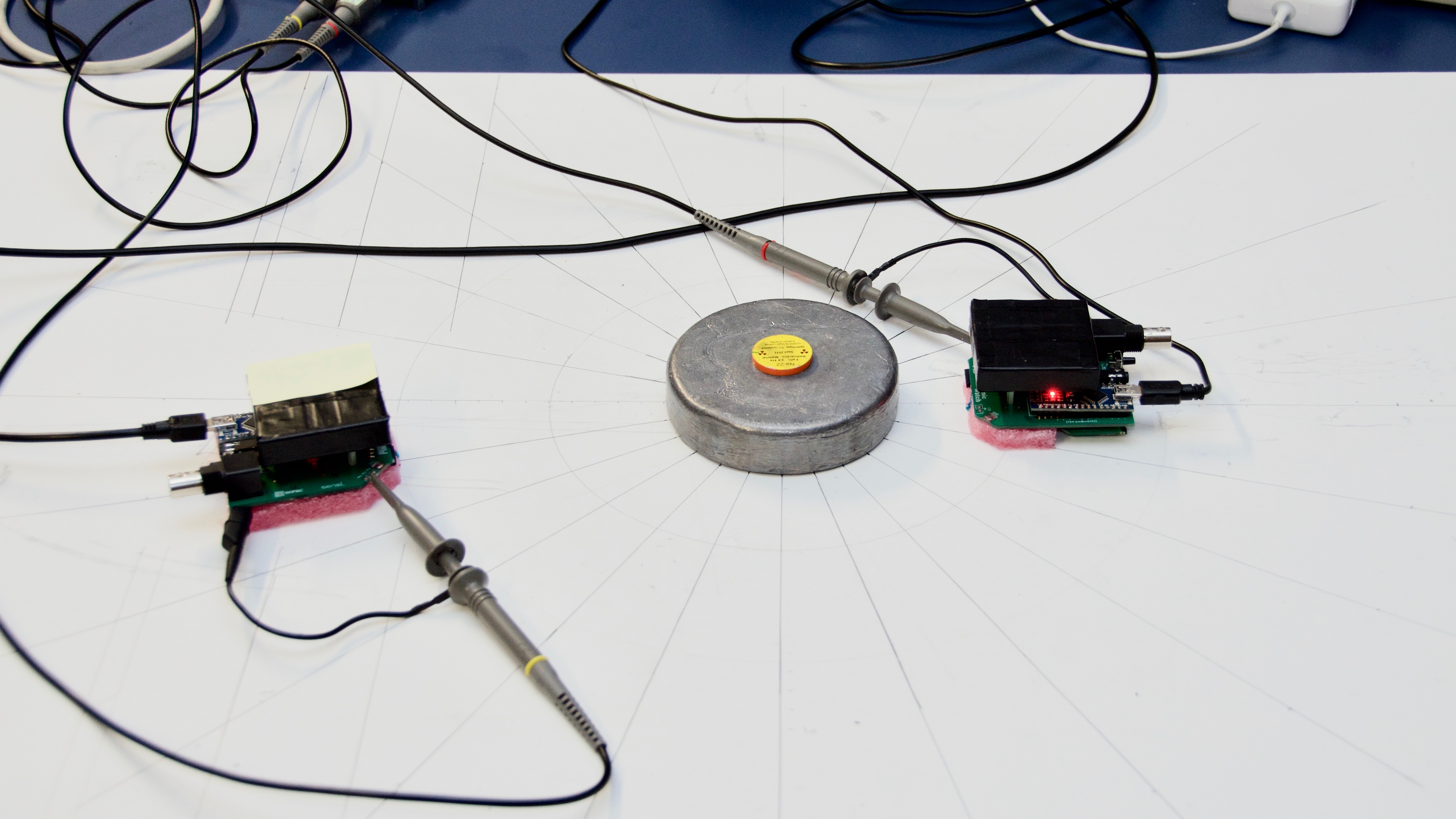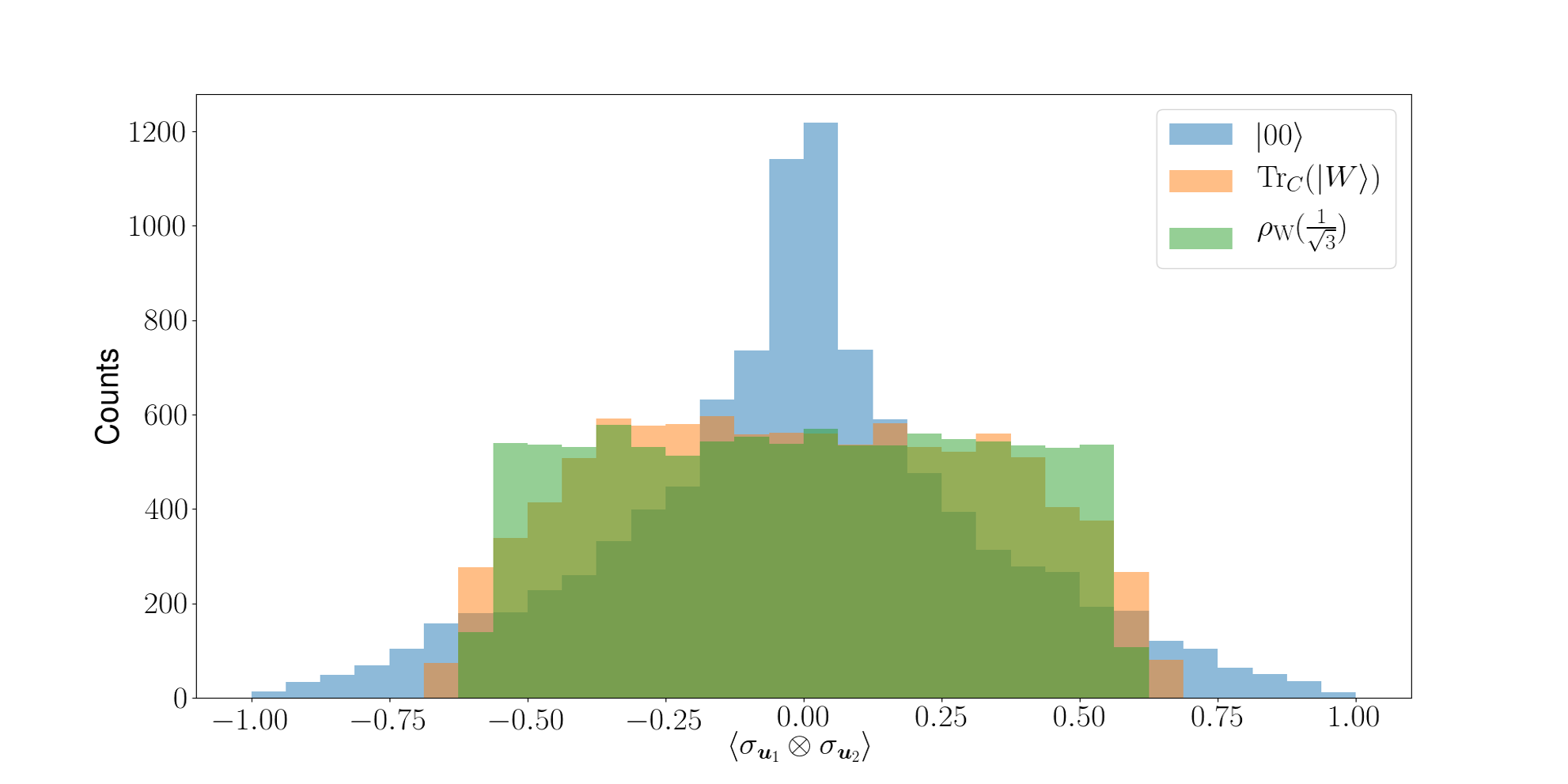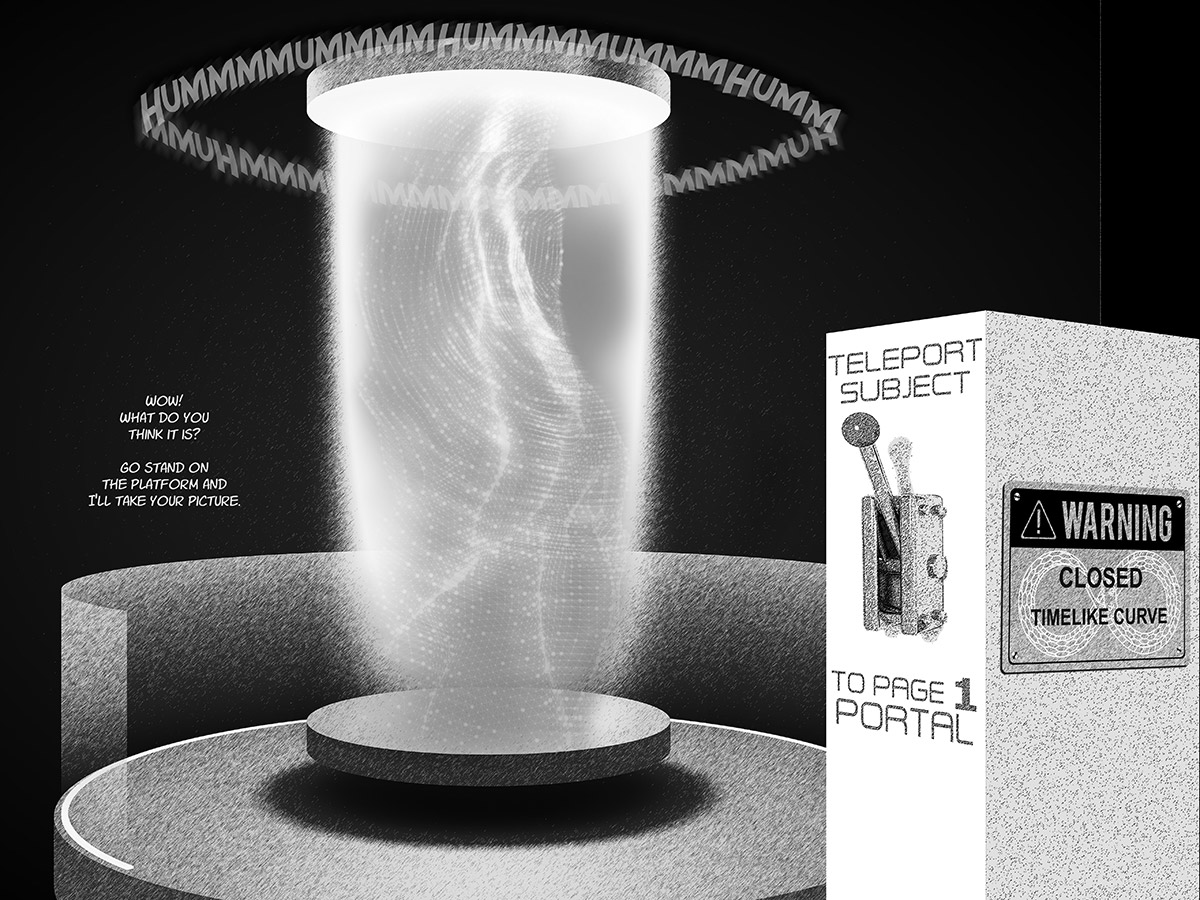

Like Einstein, Schrödinger was dissatisfied with the concept of entanglement, because it seemed to violate the speed limit on the transmission of information implicit in the theory of relativity. Schrödinger shortly thereafter published a seminal paper defining and discussing the notion of "entanglement." In the paper, he recognized the importance of the concept, and stated: "I would not call one but rather the characteristic trait of quantum mechanics, the one that enforces its entire departure from classical lines of thought." Following the EPR paper, Erwin Schrödinger wrote a letter to Einstein in German in which he used the word Verschränkung (translated by himself as entanglement) "to describe the correlations between two particles that interact and then separate, as in the EPR experiment." However, the three scientists did not coin the word entanglement, nor did they generalize the special properties of the quantum state they considered. In this study, the three formulated the Einstein–Podolsky–Rosen paradox (EPR paradox), a thought experiment that attempted to show that "the quantum-mechanical description of physical reality given by wave functions is not complete." In 1935, Albert Einstein, Boris Podolsky and Nathan Rosen published a paper on the counterintuitive predictions that quantum mechanics makes for pairs of objects prepared together in a particular way. History Īrticle headline regarding the Einstein–Podolsky–Rosen (EPR) paradox paper, in the issue of The New York Times. The use of entanglement in communication, computation and quantum radar is a very active area of research and development.ĭespite much popular thought to the contrary, quantum entanglement cannot be used for faster-than-light communication. Quantum entanglement has been demonstrated experimentally with photons, electrons, and even small diamonds. However, all interpretations agree that entanglement produces correlation between the measurements, and that the mutual information between the entangled particles can be exploited, but that any transmission of information at faster-than-light speeds is impossible. Other interpretations which do not recognize wavefunction collapse dispute that there is any "effect" at all. Īccording to some interpretations of quantum mechanics, the effect of one measurement occurs instantly. However, so-called "loophole-free" Bell tests have since been performed where the locations were sufficiently separated that communications at the speed of light would have taken longer-in one case, 10,000 times longer-than the interval between the measurements. In earlier tests, it could not be ruled out that the result at one point could have been subtly transmitted to the remote point, affecting the outcome at the second location. Later, however, the counterintuitive predictions of quantum mechanics were verified in tests where polarization or spin of entangled particles were measured at separate locations, statistically violating Bell's inequality. Einstein and others considered such behavior impossible, as it violated the local realism view of causality (Einstein referring to it as "spooky action at a distance") and argued that the accepted formulation of quantum mechanics must therefore be incomplete.

Such phenomena were the subject of a 1935 paper by Albert Einstein, Boris Podolsky, and Nathan Rosen, and several papers by Erwin Schrödinger shortly thereafter, describing what came to be known as the EPR paradox. With entangled particles, such measurements affect the entangled system as a whole. However, this behavior gives rise to seemingly paradoxical effects: any measurement of a particle's properties results in an apparent and irreversible wave function collapse of that particle and changes the original quantum state. For example, if a pair of entangled particles is generated such that their total spin is known to be zero, and one particle is found to have clockwise spin on a first axis, then the spin of the other particle, measured on the same axis, is found to be anticlockwise. Measurements of physical properties such as position, momentum, spin, and polarization performed on entangled particles can, in some cases, be found to be perfectly correlated.

The topic of quantum entanglement is at the heart of the disparity between classical and quantum physics: entanglement is a primary feature of quantum mechanics not present in classical mechanics. Quantum entanglement is the phenomenon that occurs when a group of particles are generated, interact, or share spatial proximity in a way such that the quantum state of each particle of the group cannot be described independently of the state of the others, including when the particles are separated by a large distance.


 0 kommentar(er)
0 kommentar(er)
